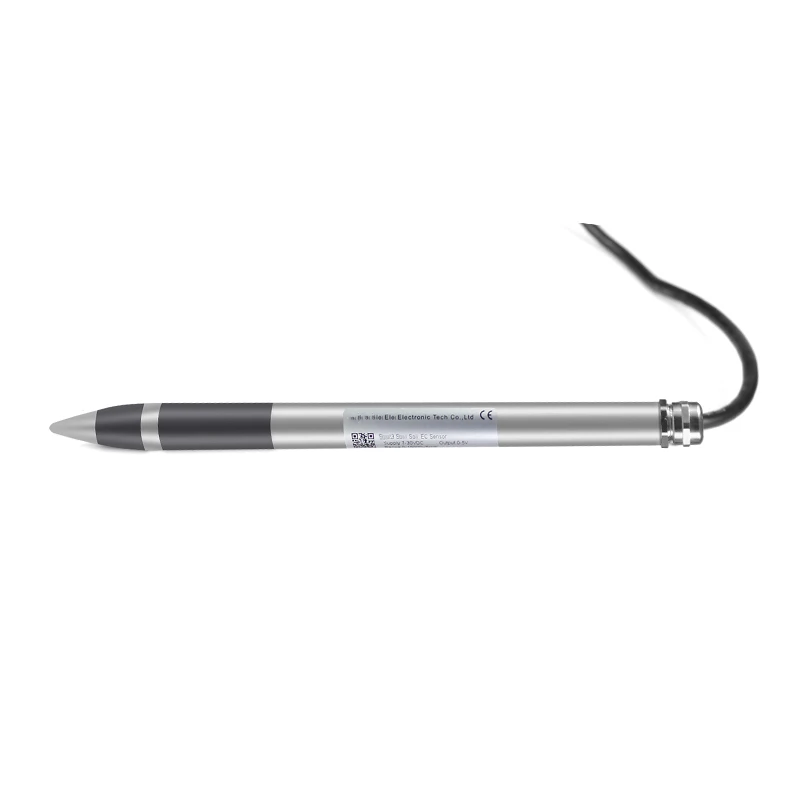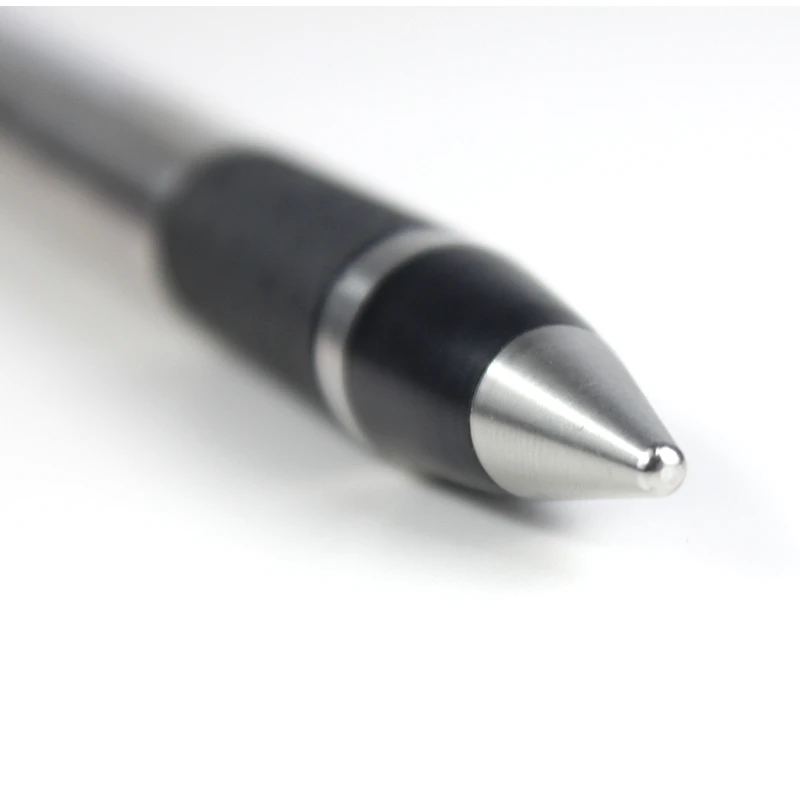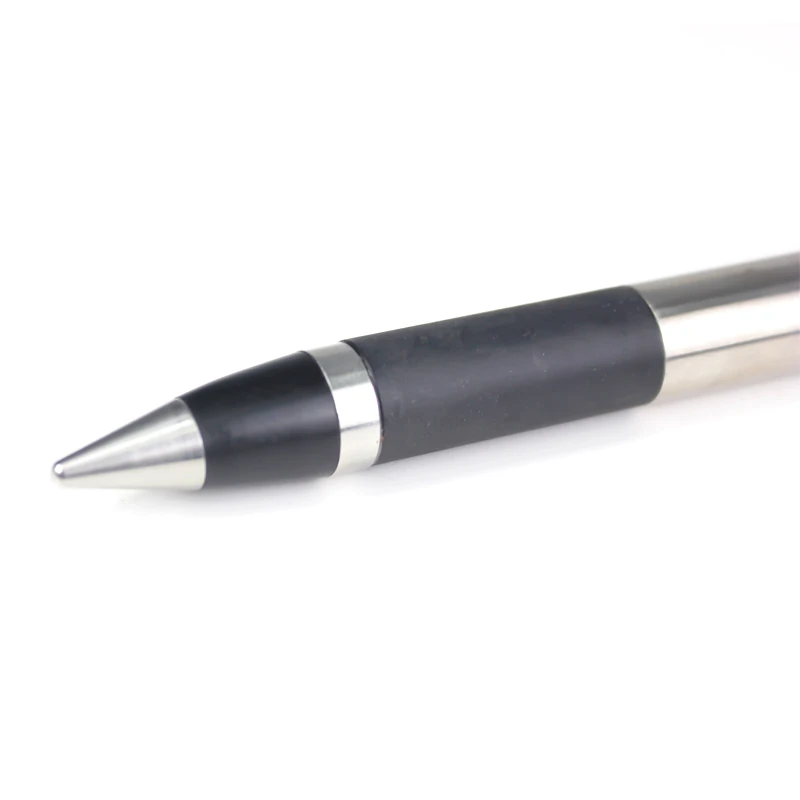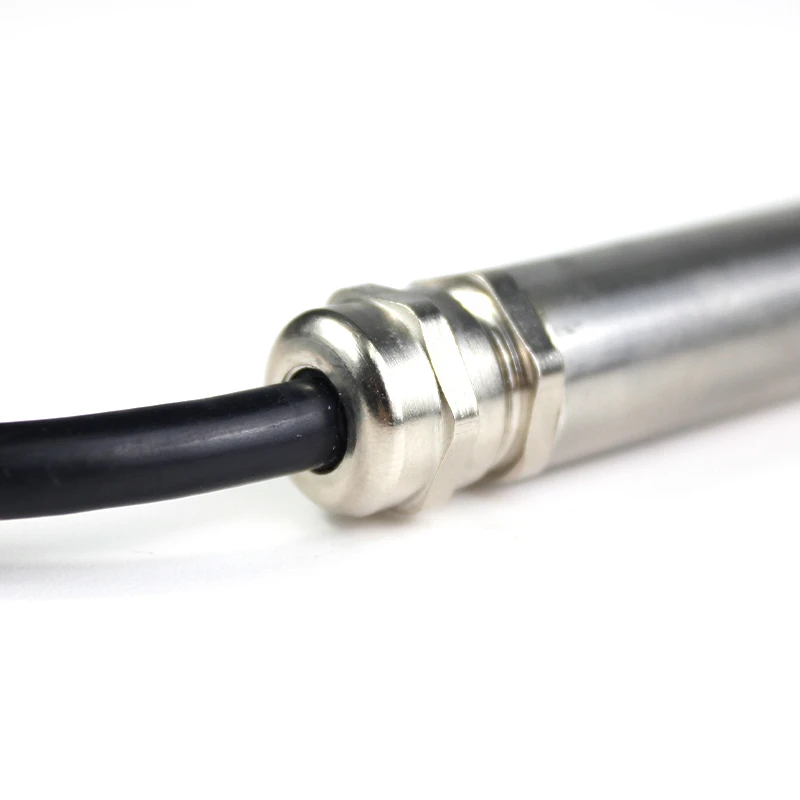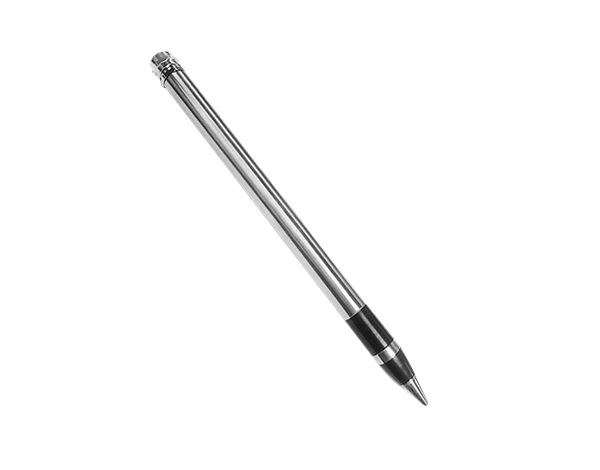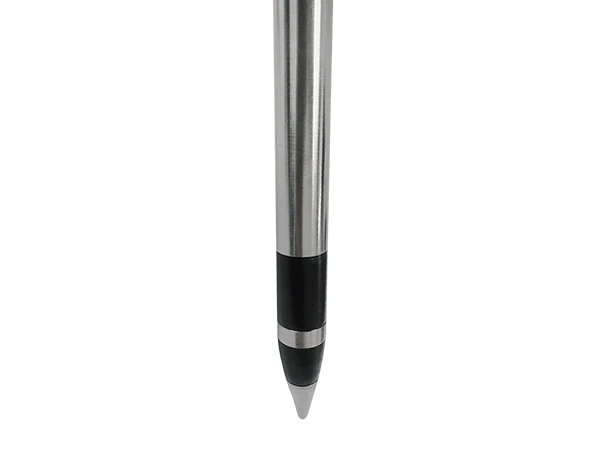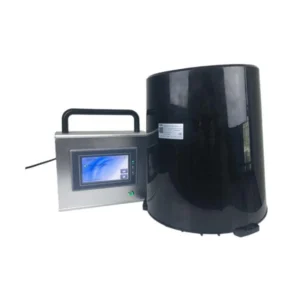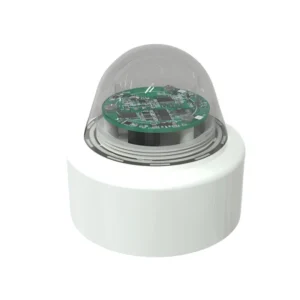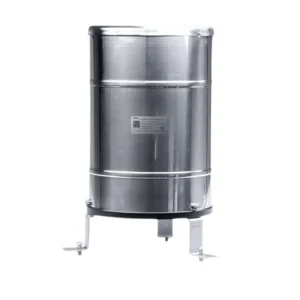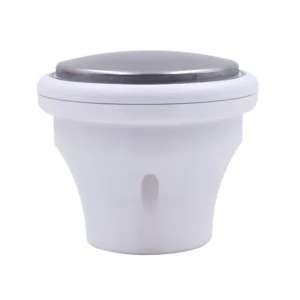Description
CDT-21B Soil EC/Salinity Sensor
The probe of CDT-21B Soil EC Salinity sensor is made of titanium alloy inner electrode, using tetrafluoroethylene lining, outer electrode is 316L stainless steel, it has the characteristics of stable performance, high sensitivity and wide application range. CDT-21B is simple in structure, stable in performance and easy to operate. It is used for on-site monitoring of soil water-salt dynamics. It is an ideal observation instrument for studying the occurrence, evolution and improvement of saline-alkaline soil.
Application
◉Precision Fertilization: These sensors play a crucial role in helping farmers optimize fertilization strategies. By accurately measuring soil salinity (linked to nutrient availability), farmers can determine proper fertilizer amounts and types. This stops over – fertilization (which causes soil salinization) and ensures crops get enough nutrients. As a result, crop yields can be increased while maintaining high quality.
◉Irrigation Management: We can establish a correlation between the electrical conductivity (EC) of soil and soil moisture content.Soil EC/Salinity Sensors can provide indirect information about soil moisture. Based on this data, farmers can develop scientific irrigation plans. Precision irrigation not only conserves water resources but also prevents issues such as soil salinization or compaction caused by improper irrigation.
◉Substrate Testing: In horticultural practices, especially in soilless cultivation and potted plant production, people use these sensors to test the EC and salinity of the cultivation substrate. Maintaining the proper nutrient supply and physical – chemical properties of the substrate is essential for the healthy growth of horticultural crops like flowers and vegetables. We can enhance the quality and ornamental value of horticultural products by ensuring an optimal substrate environment.
◉Greenhouse Environment Monitoring: In greenhouse cultivation, combined with other environmental sensors such as temperature and humidity sensors, Soil EC/Salinity Sensors provide comprehensive monitoring of the greenhouse soil environment. Horticulturists can use this data to optimize greenhouse management. For example, they can precisely control fertilization, irrigation, and ventilation, creating a micro – environment that is most suitable for crop growth and maximizing greenhouse production efficiency.
◉Saline – alkali Land Improvement:
In the research on the management and improvement of saline – alkali lands, researchers play a pivotal role. They use these sensors for long – term monitoring of soil salinity dynamics. By continuously tracking the changes in soil salinity, these sensors offer valuable insights.
Subsequently, they prove to be extremely helpful in evaluating the effectiveness of various improvement measures. Whether it’s the application of new soil amendments or the implementation of different irrigation strategies, the sensors’ data allows for a comprehensive assessment.
◉Soil Ecology Research: Understanding the impact of soil salinity on soil microbial communities, soil enzyme activities, and other soil ecological factors is crucial. In this context, soil EC/Salinity Sensors step into the spotlight. These sensors provide data that enables researchers to reveal the changing patterns of the soil ecosystem. As a result, this knowledge obtained through the sensor – generated data becomes fundamental for protecting and improving the soil ecological environment.
Sensor News
Farm Weather Stations: An Invaluable Asset for Modern Agriculture
